Walking along Myshkin
Our city is small, but it has an ancient history. The first settlements appeared here three thousand years before our era. By the 13th century, a settlement was located on this site, which stood on the border of two principalities of Uglich and Yaroslavl. In 1238, the Tatar-Mongol horde passed through here and the settlement perished in a conflagration. Its name has not been preserved to this day. People were wary of the place where the fire was. That's why no one has settled here for centuries. It was only in the 16th century that people returned here again. At that time, this area belonged to the princes of Mstislavsky, With one of them the legend connects the beginning of the settlement and the origin of the name "MYSHKIN". The legend says that the owner of these lands, Prince Mstislavsky, came hunting, he decided to rest on the banks of the Volga River, where a Cold stream flows into it. The prince fell asleep and woke up to a mouse running across his face. Mstislavsky saw that a venomous snake was crawling nearby, i.e. a mouse saved him from death. The prince considered his salvation miraculous, and in memory of this he ordered to cut down a wooden chapel in the name of Boris and Gleb, and to name the place "MYSHKIN". 500 years have passed since then, and a small but glorious town has grown up on this place. But Myshkin did not immediately become a city. At first it was a village, then a village. By 1777, 183 souls (male population only) lived in it. On August 3, 1777, Catherine II's decree secured the status of a city for Myshkin, which simultaneously became the center of one of the counties of the Yaroslavl province. In 1778, Yaroslavl Heraldmaster von Eden drew up a coat of arms for Myshkin in the upper large field, a bear with an axe (the coat of arms of Yaroslavl, because Myshkin is part of the Yaroslavl lands), with a small mouse below. In 1780, Myshkin had a building plan based on the type of St. Petersburg (the main streets are located parallel to the Volga River, the blocks are perpendicular). The residents said, "Myshkin is a small St. Petersburg on the Volga."
We invite you to take a walk through the streets of the ancient city on the Volga.
waypoints
1. Cathedral of the Assumption of the Mother of God
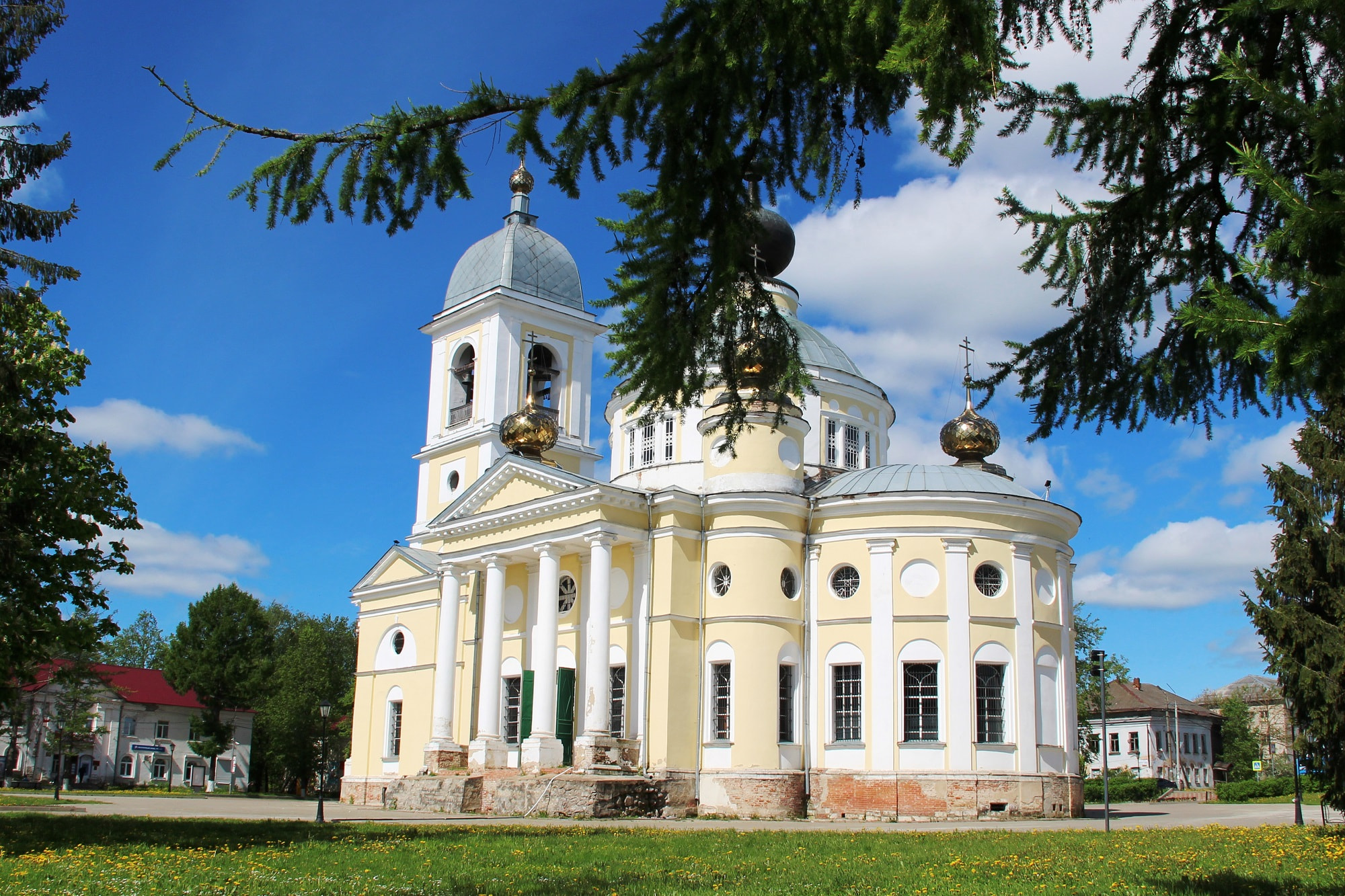
The date of the beginning of the construction of the Assumption Cathedral is August 15, 1805. The whole city was building the cathedral, and everyone knew it was a great thing. It was built for 25 years. For 15 years, the main part and another 10 years – the bell tower designed by architect Pankov. The bell tower is the highest point of our city, from where you can see Myshkin from a bird's–eye view. In 1830, the artel of Timofey Medvedev, a native of serfs, a talented man, famous on the Upper Volga, was invited to Myshkin (his artel painted the Transfiguration Cathedral in Uglich). The work in Myshkin was one of the most significant and successful for the artist.
2. Estate of the merchant T.V. Chistov
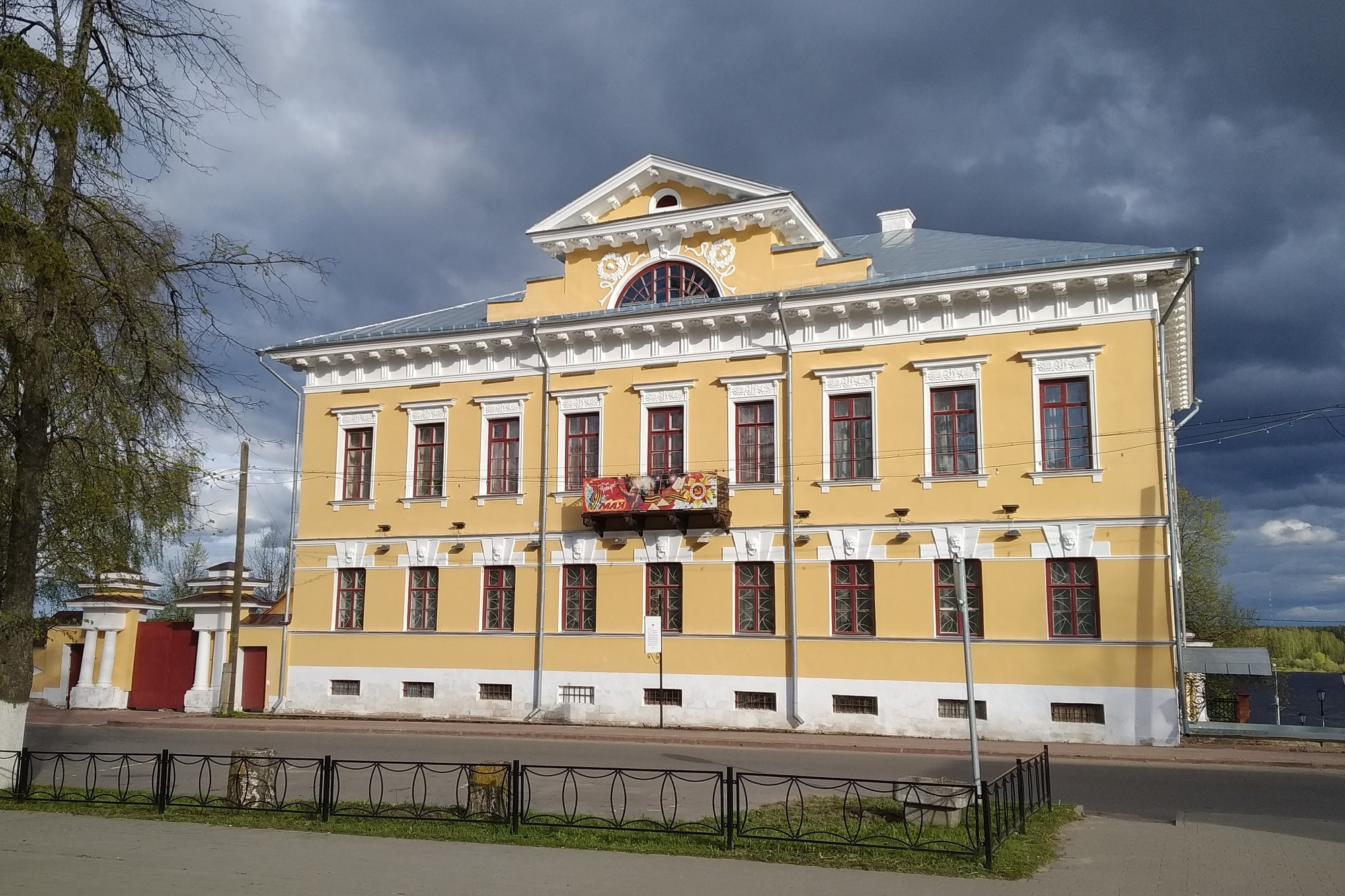
This mansion is part of a large estate, was built by the owner in the second quarter of the 19th century, it is an example of provincial late classicism. The facade of the house overlooks the cathedral. There is an elegant stucco cornice and stucco masquerades in the form of lions around the perimeter of the house. The rear facade facing the Volga River is decorated with a wooden balcony supported by a risalite (a narrow projection of the facade). The pediment above the balcony is carved with an arch – a repetition of the composition of St. Nicholas Cathedral in miniature.
The house has preserved beautiful tiled stoves made in St. Petersburg by an excellent master sculptor. This collection of tiles is one of the best in the Volga region. At the end of the 19th century, the heirs sold this house to the city for a nominal fee under Chistov's will for a hospital. It was located here until the 80s of the XX century, that is, for more than a hundred years. And now the mansion houses one of the oldest libraries in the Yaroslavl region, Opochininskaya.
3. Музей "Русские валенки"
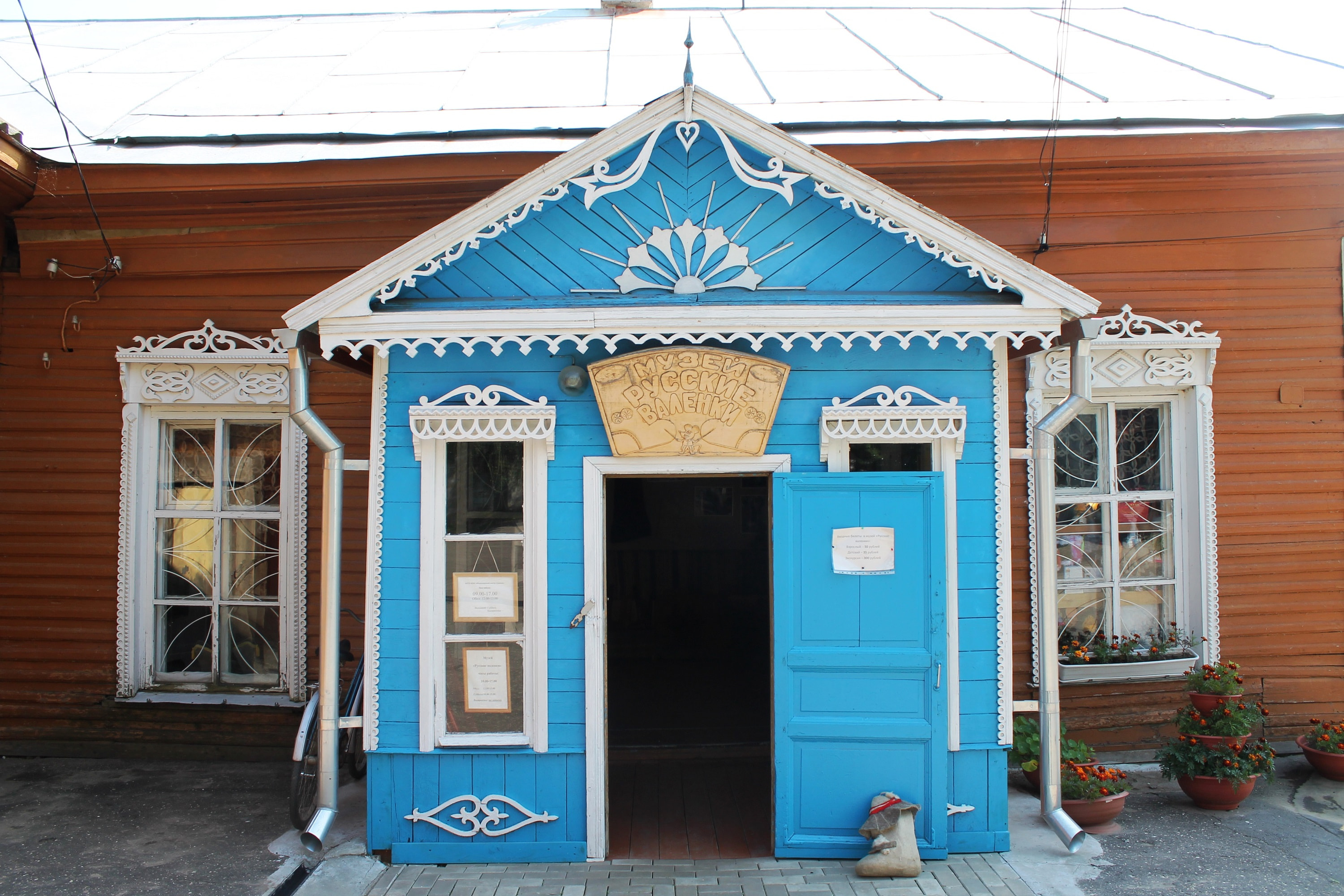
You can visit the Russian Valenki Museum on your own by paying for entrance tickets. The museum has an audio guide service.
4. Музей "Лён"
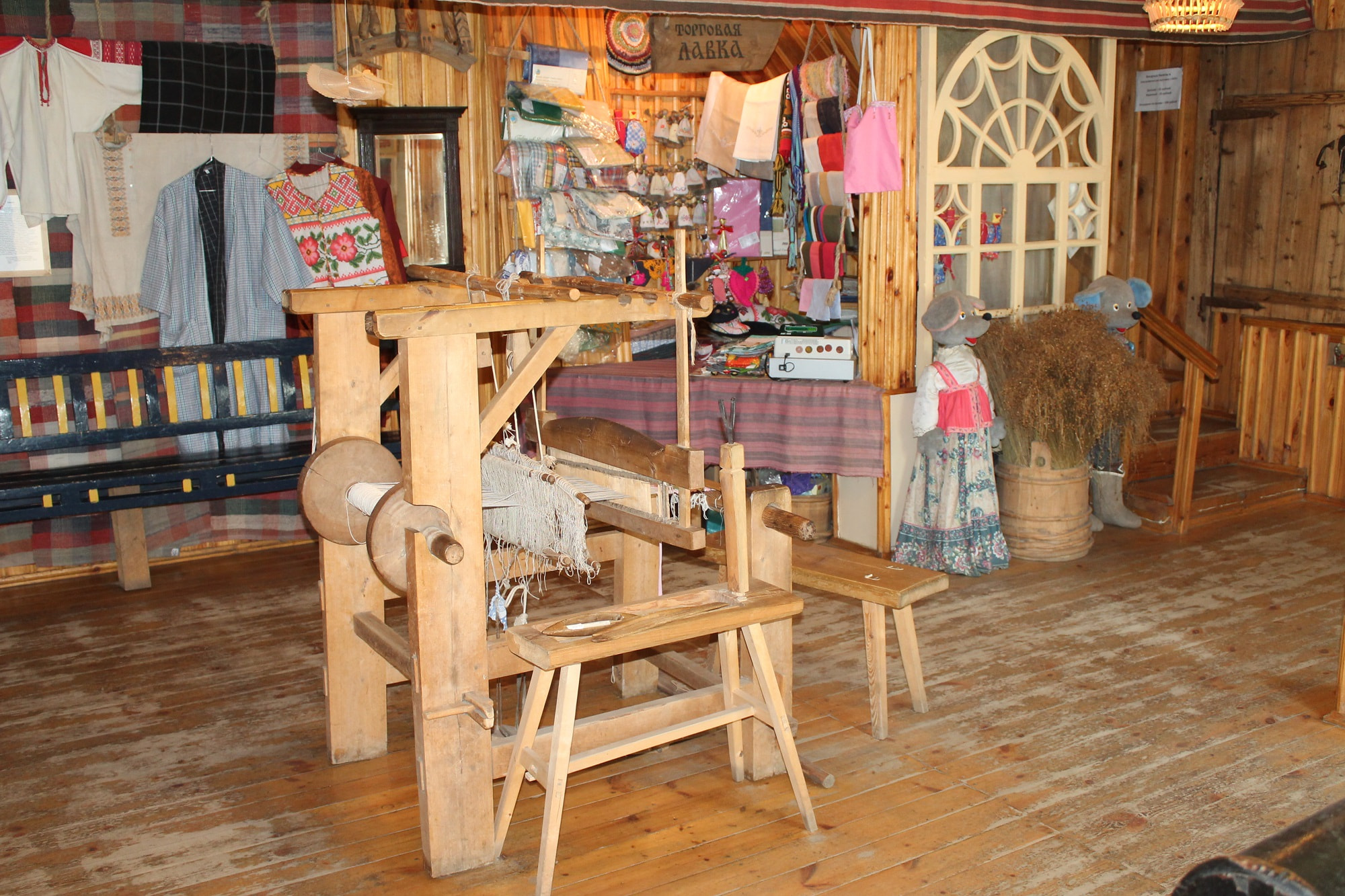
You can visit the museum yourself by paying entrance fees. The museum has an audio guide service.
5. Музей "Старая мельница"
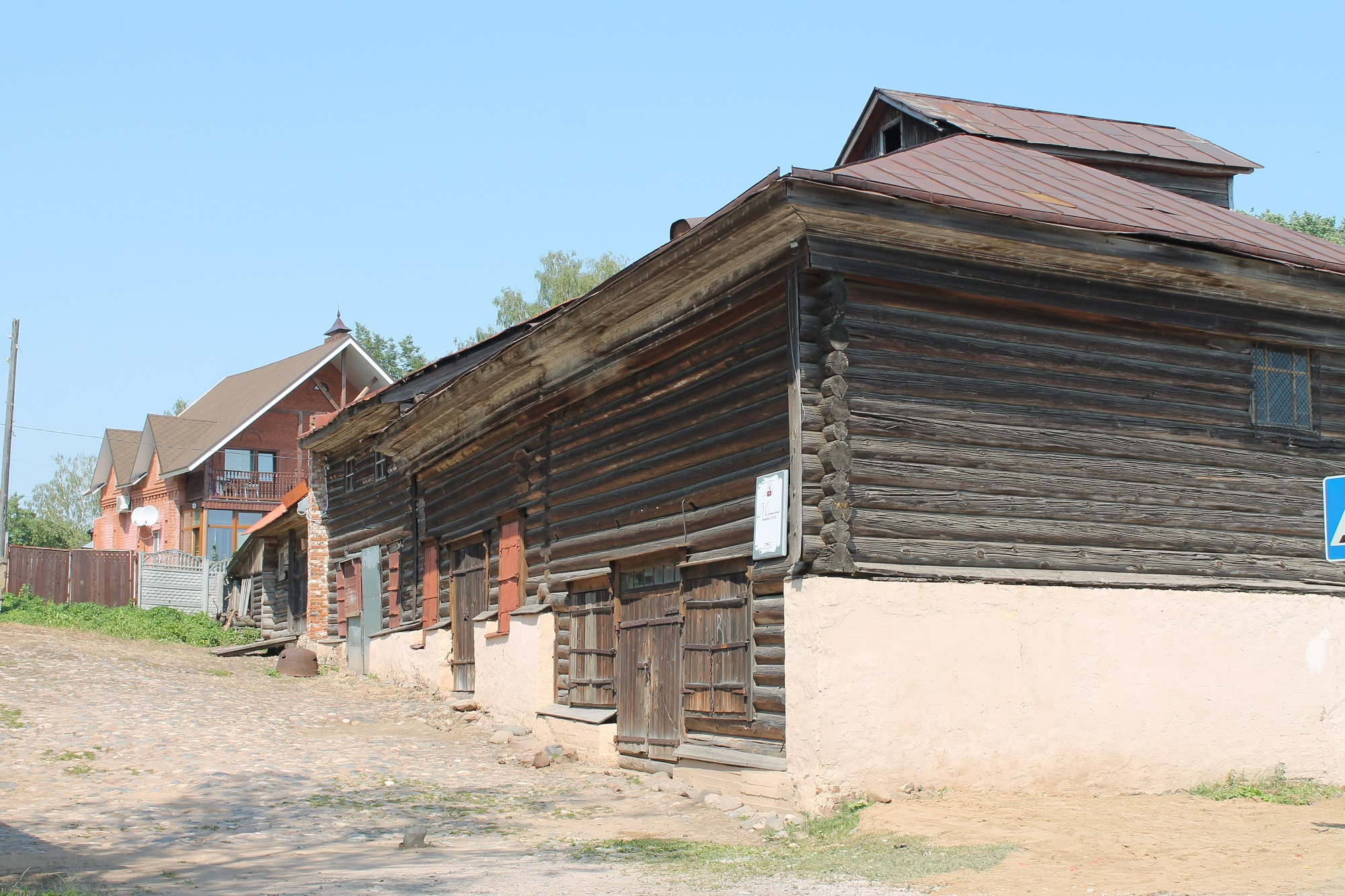
The museum can be visited by pre-booking a guided tour.
6. The House of the Sorokin Nobles
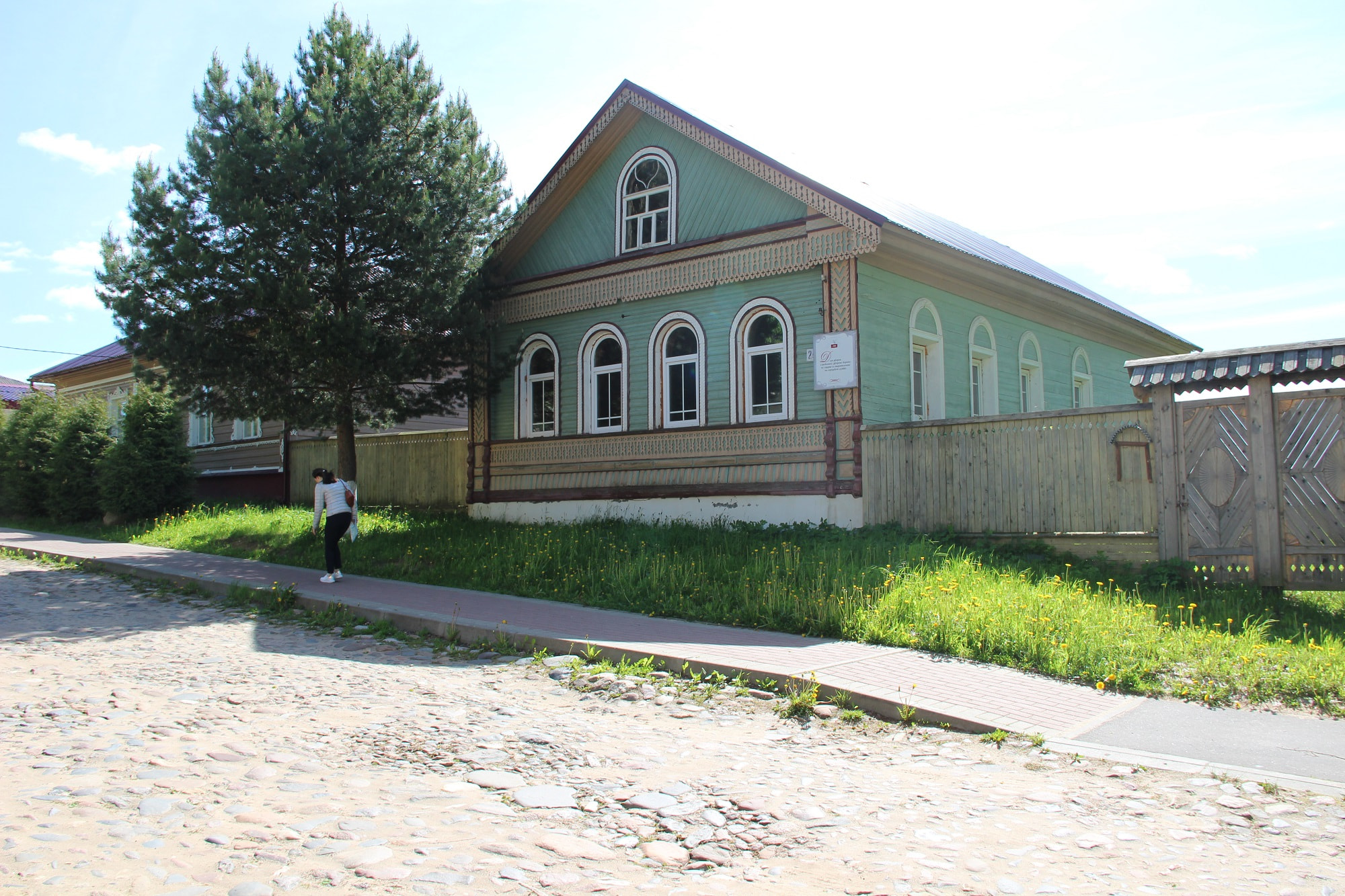
The Smirnov nobles are proud nobles. They were engaged in official service.
7. Museum of Living Crafts
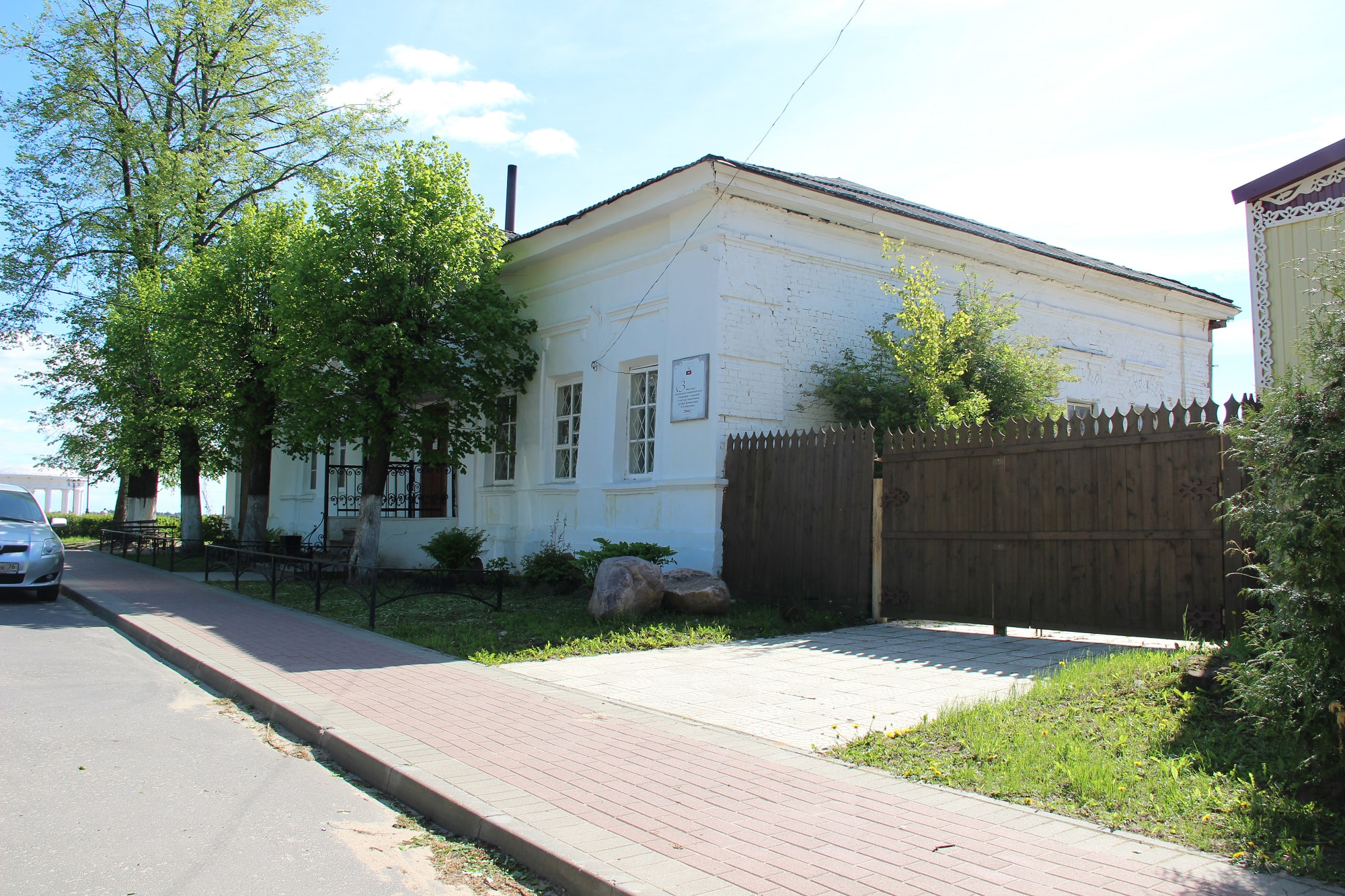
An independent visit to the museum is possible.
8. Волжская набережная
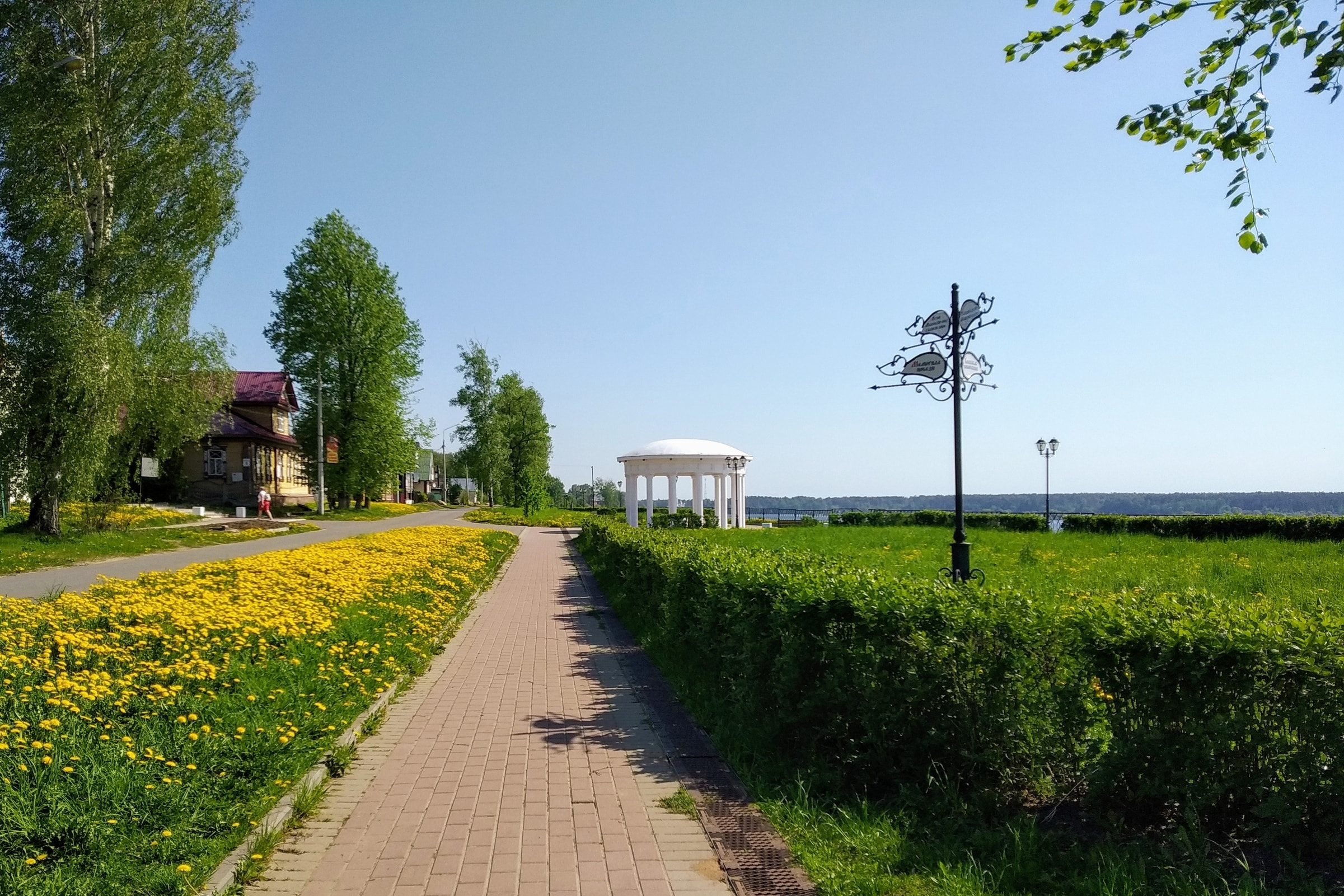
Here you can admire the view of the Volga River, take beautiful photos and enjoy the expanses of the great river.
You can also stand in the center of the rotunda and shout "Myshkin is the best." You will feel our unique Myshkin aura.
9. Victory Memorial
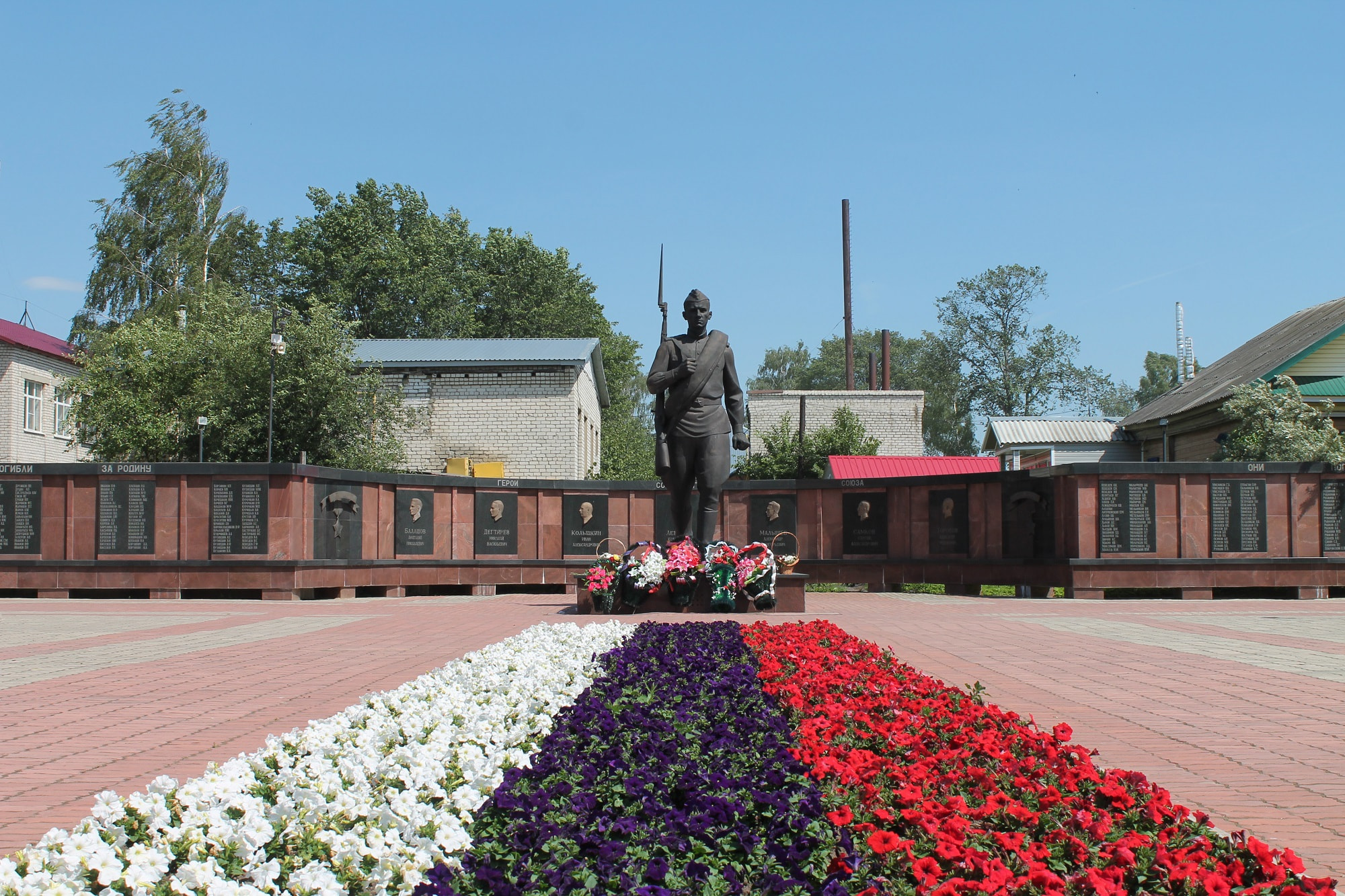
The Victory Memorial was built in 2005. In the center is a soldier, Alyosha. 5-meter bronze sculpture. At Alyosha's feet, the eternal flame burns, which was lit in Moscow at the grave of the Unknown Soldier.
Letters of the deceased veteran I.F. Orlov are carved in the western part of the Memorial. Weeping mountain ash trees grow on both sides of the Memorial.
10. ТОК "Мышкины палаты"
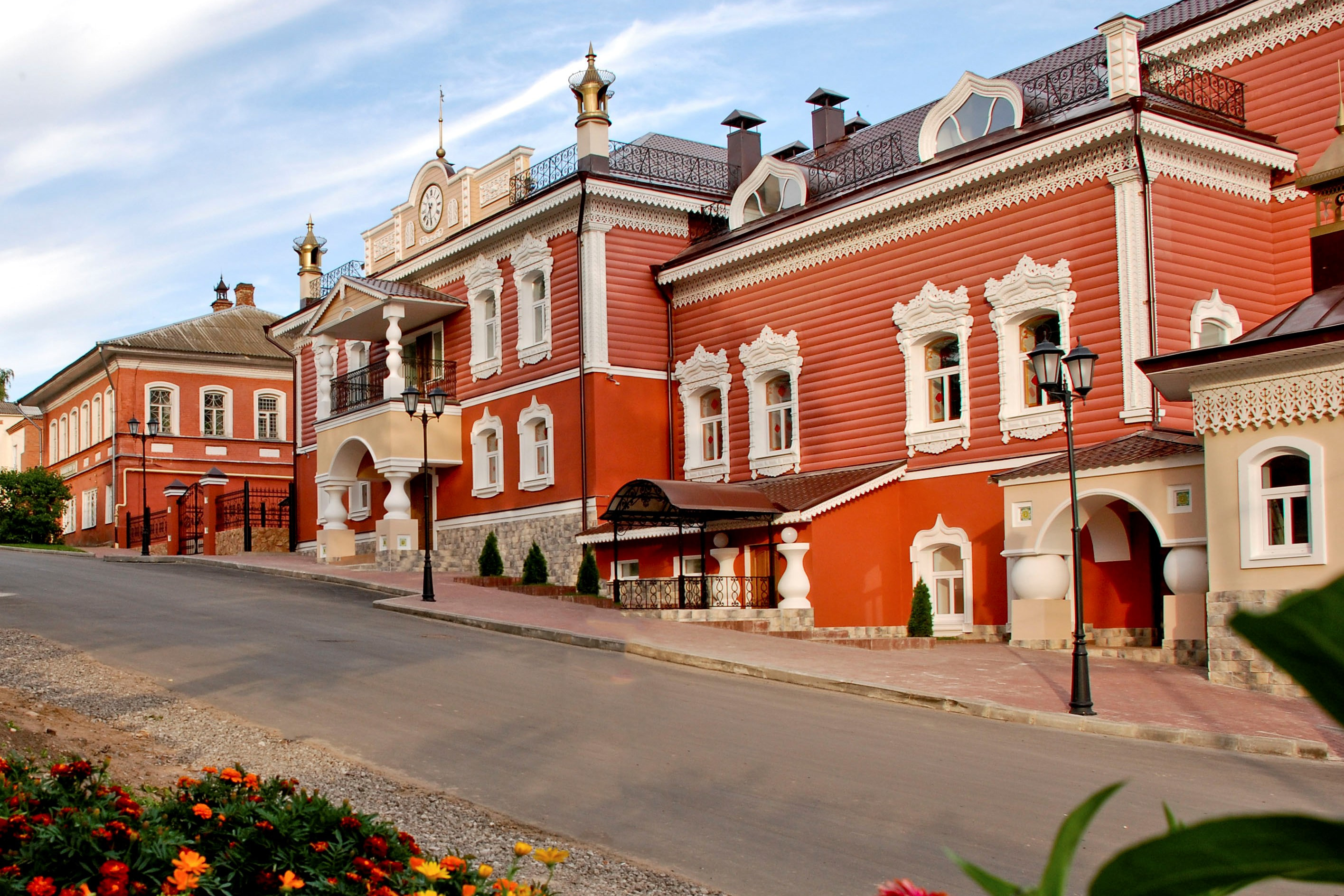
Private guests can visit the "Mouse Chambers" at a certain time specified at the entrance to the museum.



